African American History In Montgomery County
Request one of the following Speakers Bureau topics through our online form!
Questions? Contact Matthew Gagle or call 301-340-2825.
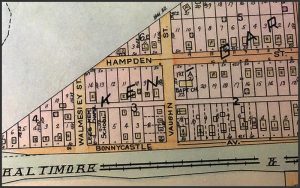
*NEW* Will Adams, Fiddler of Ken-Gar
Speaker: Julianne Mangin
Fiddler Will Adams had deep roots in the African American communities of Montgomery County from Sandy Spring to Norbeck to Ken-Gar. In 1953, he was recorded by folklorist Mike Seeger (half-brother of Pete Seeger) who grew up in Chevy Chase. Adams’ family history offers a glimpse of African American life in Montgomery County from the final years of slavery to the mid-twentieth century. Learn how the music of both Adams and Seeger lives on among contemporary old-time musicians.
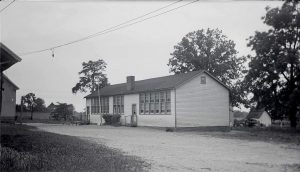 *NEW* Montgomery County’s Little-Known Rosenwald Schools
*NEW* Montgomery County’s Little-Known Rosenwald Schools
Speaker: Ralph Buglass
Rosenwald schools are an inspiring chapter in the dark days of segregation. They were public schools for Black students built all over the South in the early 20th century with funding from Julius Rosenwald, sometimes called “the biggest philanthropist you’ve never heard of.” Montgomery County once had 17 Rosenwald schools. Learn about the schools’ remarkable impact and importance, along with then-and-now photos of the five buildings that survive.
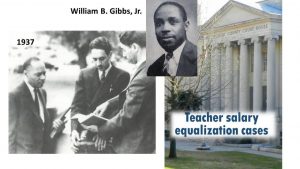 Thurgood Marshall: A Trail-Blazing Civil Rights Victory in Montgomery County
Thurgood Marshall: A Trail-Blazing Civil Rights Victory in Montgomery County
Speaker: Ralph Buglass
Civil rights icon Thurgood Marshall delivered an early blow to school segregation right here in Montgomery County—gaining equal pay for the county’s African American teachers in 1937. This little-known legal case is often seen as the first step in Marshall’s successful drive to have separate schools for white and black children declared unconstitutional, as the Supreme Court did 17 years later in a landmark decision. This illustrated talk details this remarkable local story and its national significance. Spoiler alert: the victory came at a tremendous cost to the teacher bringing the case.
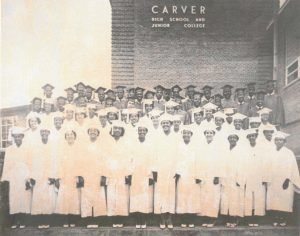 Separate but UNequal: the History of School Segregation in Montgomery County
Separate but UNequal: the History of School Segregation in Montgomery County
Speaker: Ralph Buglass
Education, denied to slaves, was one of the highest priorities of emancipated African Americans. But in Montgomery County, where slavery existed, public education was not extended to black children until a decade after it was instituted for white children. Even then, the practice of “separate but equal” schools was anything but equal, and no black high school was built until well into the 20th century. A surprising number of these African American schools still exist in the county, including several erected through a partnership between Booker T. Washington and philanthropist Julius Rosenwald that helped improve black education all over the South.
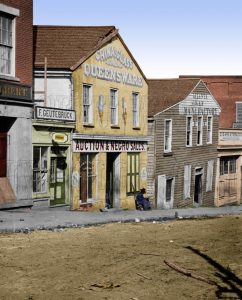 Differing Historical Perspectives on Slavery in Maryland and the District of Columbia
Differing Historical Perspectives on Slavery in Maryland and the District of Columbia
Speaker: James H. Johnston
The word “slavery” brings up a mental image of the “peculiar institution” as it existed in the Deep South right before the Civil War. Slavery in the Washington area was different. It began the same – in the late 1600s, Ninian Beall’s tobacco plantation occupied the land where the White House is today – but it soon changed. After tobacco wore out the land, slavery made less sense, and it was hard to enforce with an increasingly diverse capital of the United States. By the time of the Civil War, Washington, D.C. still had slaves, but they lived among a population of free African Americans. Author James H. Johnston will discuss the differing perspectives on slavery that emerge from his two books, The Recollections of Margaret Loughborough, about a daughter of the Old Dominion of Virginia, and From Slave Ship to Harvard, which follows six generations of an African American family in Maryland.
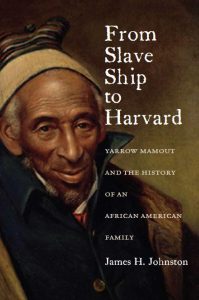 Yarrow Mamout and His Family
Yarrow Mamout and His Family
Speaker: James H. Johnston
Yarrow Mamout’s is one of the most remarkable success stories in American history. Brought to Maryland on a slave ship in 1752 and enslaved for the next forty years, Yarrow (his last name) didn’t become a free man until he was 60 years old. He then acquired a house in Georgetown and enough money to retire on the interest from loans to white merchants and on stock dividends. In 1819, the great portrait painter Charles Willson Peale learned of Yarrow and painted a “remarkable likeness” as a testament to racial equality. In this presentation, Jim Johnston, the author of From Slave Ship to Harvard: Yarrow Mamout and the History of an African American Family, tells the story of this remarkable man.
The following talks are currently unavailable:
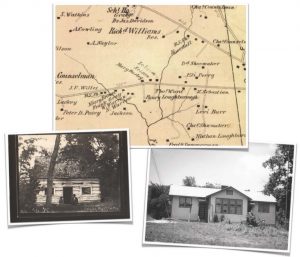 River Road, Bethesda: A Short History of Black and White, 1850-1963
River Road, Bethesda: A Short History of Black and White, 1850-1963
Speaker: Paige Whitley
The commercial section of River Road, Bethesda, sometimes called Westbard, was once home to a flourishing community of African Americans. This presentation outlines the history of this community and their white neighbors from before the Civil War to after Desegregation, and examines the networks of families, faith, education, and work that held the community together before intensified commercial development led to its eventual disbandment. Macedonia Baptist Church, on the corner of River Road and Clipper Lane, and the currently disputed Moses Cemetery are all that now remain of the original community.
